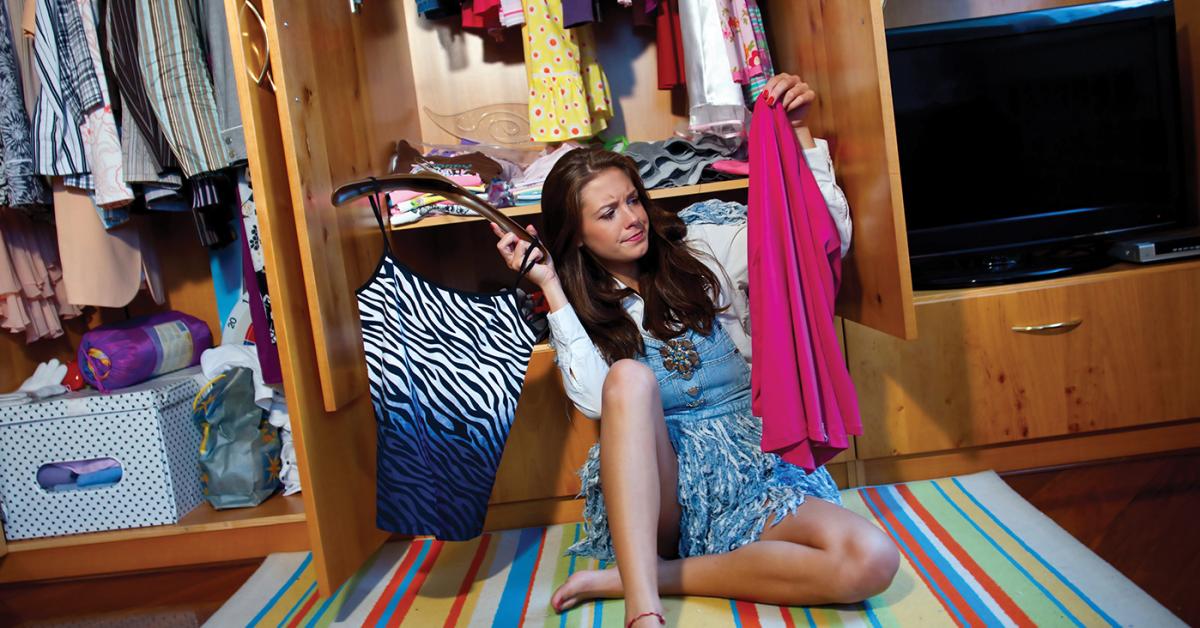CHICAGO — At a time when dry cleaners are looking for new ways to attract younger clients and build up their offerings to make up for lower piece counts, circularity in fashion — extending the life of garments through care, repair and reuse, and then aiding in the recycling process to create new fabrics — might be the answer they’ve been looking for.
In Part 1 of this series, we explored the need for circularity and the impact fast fashion has on the environment. In Part 2, we examined how embracing circularity can help dry cleaners attract new business. Today, we’ll conclude this series by looking at the business-to-business opportunities circularity can bring to cleaners and ways to get started in this field.
Business-to-Business
In addition to working directly with customers, dry cleaners are also well-prepared to work on the business-to-business (B2B) side of the textile recycling industry.
“Through consolidation,” says Christopher White, executive director of America’s Best Cleaners (ABC), “our industry has shifted from the small, mom-and-pop 1,500-square-foot facility, which is still critical in this role, to some larger facilities of 20,000 to 50,000 square feet. That facility already has everything that circularity needs — sorting, and potentially cleaning and prepreparation — and then has logistics and delivery fleets that are already on the road. If they are currently only working 10 to 12 hours a day, these facilities are sitting idle for the rest of the day. There’s no need for an additional high-capital investment. The assets are already there.”
“The one thing we know about circularity is it works best regionally,” says Rachel Kibbe, CEO of American Circular Textiles (ACT), a mini-trade association think tank that is part of the Circular Services Group. “It works best when people have access to it, and you don’t have to spend a lot of money or create greenhouse gas emissions shipping things all over. Dry cleaners are close to where their customers live.”
Cleaning is a crucial process in circularity because, like any raw goods to be recycled, imperfections or impurities cannot be put into the future recycled textiles.
“Fundamentally, if you can reposition dry cleaning as ‘repair and care,’ the amount of foot traffic you can get in for what you already do is going to be phenomenal,” Kibbe says. “And then, dry cleaners can tap into the additional revenue streams of becoming more B2B-focused in terms of sorting, using their existing transportation fleets, and showing that we don’t need to rebuild infrastructure that we already have.”
Americas Act
To address the issue of textile recycling and waste, a bipartisan bill was introduced to Congress in March. The Americas Trade and Investment Act (Americas Act) is aimed at revitalizing the U.S. garment infrastructure and creating jobs nationwide.
Among other provisions to encourage the production of clothing made in the U.S., the bill includes more than $14 billion in incentives for supporting circularity in areas including apparel, footwear, accessories and home linens. This includes loans and grants for reuse, recycling, repair, and rental of textiles, along with $100 million for public education programs.
Both ABC and ACT are encouraging cleaners to educate themselves and support the bill’s passage into law.
“This is the first time in federal history that textile reuse and recycling has been contemplated in a federal bill,” Kibbe says. “They have had different trade policies for textiles, but they’ve never included circularity in a bill. So, we see this as a tremendous opportunity.”
If passed, she says the bill would include a 15% federal tax break for any business operating in this circular economy, which would include dry cleaners who are repairing items or otherwise contributing to this field.
“We need to send the message to the government and other business communities that this infrastructure exists,” Kibbe says. “That unlocks a whole host of state-level, community-level, and potentially federal-level grants and loans, as well as longer-term capital that is meant for infrastructure.”
Getting Started
It might be intimidating for dry cleaners who want to get a foothold in this expanding field to know where to begin, but White believes the first step is actually simple: Start with education.
“Understand the principles of circularity and how they apply to the drycleaning industry,” he says, “and then implement changes incrementally.”
Cleaners should begin with eco-friendly cleaning solutions and customer education initiatives, and engage with professional bodies — such as Green Business Benchmark — for guidance and certification to enhance credibility and visibility. Industry trade organizations can also be a resource in helping an owner find a place to start.
“I would advise dry cleaners, just as I advise other retailers when I consult with them on circularity, that they shouldn’t try to be everything to everyone right away,” Kibbe says. “Get expertise in one area where you can add an additional revenue stream to your business, and then build from there.”
While the need — and opportunities — for circularity is growing, Kibbe also understands the need for dry cleaners to make their efforts profitable.
“It might be logistics, for example, when your vans are just sitting in parking lots and not being used,” she says. “That’s critical mobile infrastructure for getting clothes out of people’s closets and extending the garment’s life. You have to find a business proposition.”
For Part 1 of this series, click HERE. For Part 2, click HERE.
Have a question or comment? E-mail our editor Dave Davis at [email protected].








